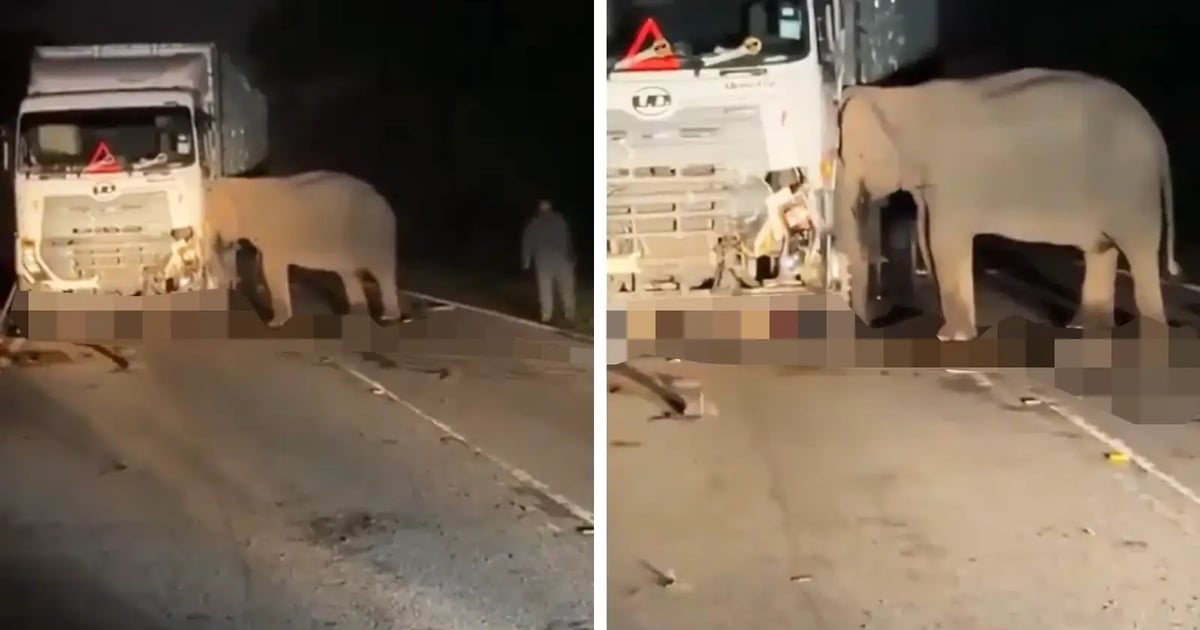
The wildlife and national parks department (Perhilitan) has installed light-emitting diode (LED) signboards at several known wildlife crossing points as part of efforts to reduce road accidents involving elephants.
Perhilitan director-general Abdul Kadir Abu Hashim said the initiative was introduced following incidents of wild elephants being killed after being hit by vehicles in high-risk areas, Berita Harian reported.
“So far, these signs have been installed in locations such as Ulu Muda in Kedah, as well as Gerik and Jerteh in Terengganu. We are also using the same signs along Persiaran Mokhtar Dahari in Selangor to protect tapirs,” he said.
The signboards will flash to alert motorists to slow down when approaching wildlife crossing zones, he said at the 2025 World Elephant Day celebration at the Kuala Gandah National Elephant Conservation Centre in Lanchang, Temerloh, Pahang today.
Kadir said rapid development has led to shrinking elephant habitats, forcing the animals to venture into villages, plantations and farms in search of food, mates and water.
He said efforts are ongoing to capture and relocate elephants to more suitable habitats, such as Taman Negara Tasik Kenyir, which spans Pahang, Terengganu and Kelantan.
“In Johor alone, we aim to relocate 25 elephants each year. The elephant population in Peninsular Malaysia is currently estimated at between 1,500 and 1,800,” he said.
On Mother’s Day this year, a video of a baby elephant dying in a collision with a lorry on the East-West Highway in the early hours went viral on social media.
Police said the 28-year-old driver of a lorry bound for Jeli from Gerik first saw a large elephant on the left side of the highway grazing on the grass, after which the younger elephant suddenly attempted to cross the road.
The larger elephant, believed to be the mother, flew into a rage and destroyed the front of the lorry. The driver was unhurt.
The incident sparked calls for greater road safety measures, including constructing dedicated wildlife crossings, installing highly visible warning signs, and implementing more systematic monitoring technologies.






